April 19, 2025 | 10:52 GMT +7
April 19, 2025 | 10:52 GMT +7
Hotline: 0913.378.918
April 19, 2025 | 10:52 GMT +7
Hotline: 0913.378.918
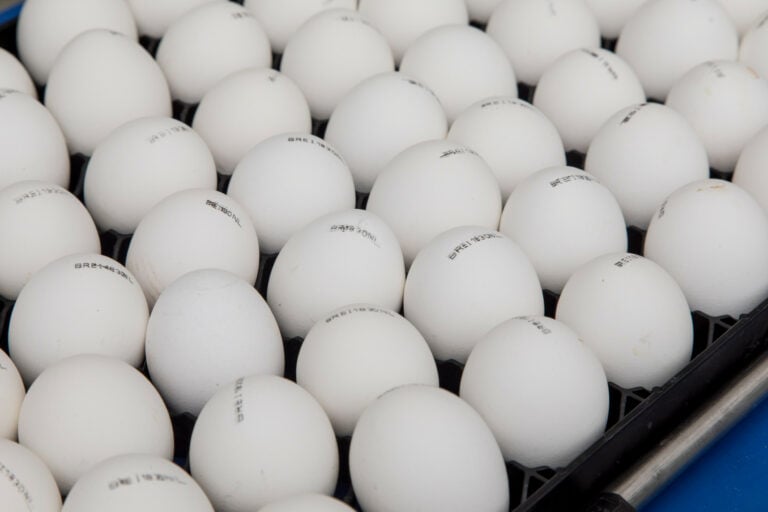
Several Russian farmers experienced difficulties due to turmoil in the European hatching eggs market. Photo: Groenewold, Koos.
Several Russian farmers experienced difficulties due to turmoil in the European hatching eggs market. Produkty Pitaniye, a Kaliningrad-based poultry company, for one, was forced to switch to egg imports from Turkey, the company revealed. In previous years, Produkty Pitaniye primarily imported hatching eggs from Germany, but following the recent bird flu outbreaks, its supplier switched to meeting the demand only in the EU market.
The poultry manufacturer also imports hatching eggs from Hungary and Spain, but the available quantities were not sufficient to fully meet the company’s demand. The switch from Europe to Turkey incurred certain challenges for Produkty Pitaniye, as the delivery time went from 2 days to 2 weeks.
“The route looks like this: a refrigerated truck travels from Turkey to Georgia, then to Azerbaijan, crosses the Russian border in St. Petersburg from where it takes a ferry to Kaliningrad,” the company unveiled, adding that the complicated logistics also led to a sharp rise in costs.
Domestic production is in disarray
Meanwhile, Russian hatching egg production is on a downward trajectory and investments into this industry plunged in 2024, Dmitry Vlasenko, deputy head of the Russian Agricultural Ministry, revealed during an industry conference in February 2025.
In 2024, Russian hatching egg imports jumped by nearly 70 million units, Vlasenko said. The key suppliers boosted sales to Russian clients with imports from Turkey reaching 100 million units, Hungary 50 million units, and Uzbekistan 15 million units, he said, without providing additional details.
Smena-9 is in the spotlight
During the same conference, Galina Bobyleva, CEO of the Russian Poultry Union, called on authorities to promote the Smena-9 crossbreed to deal with the turbulence in the hatching eggs market.
According to Vlasenko, Smena-9 has recently seen its share in Russian broiler meat production growing and exceeding 5%. He indicated that the average daily gain of Smena-9 broilers reaches 74 g against 59-62 g of imported crossbreds.
In general, Vlasenko emphasised that the introduction of more effective crossbreed opens new opportunities for the Russian poultry industry. “Increasing the average daily gain just by 1 g on the scale of the entire industry will secure a growth in poultry meat production by 100,000 tonnes per year,” he said.
In addition, Russian scientists are working on developing the first Russian crossbreed of laying hens, Bobyleva revealed.
(Poultryworld)

(VAN) California's $59 billion agriculture industry faces serious disruption as the U.S. clashes with China - one of the state's major export markets.
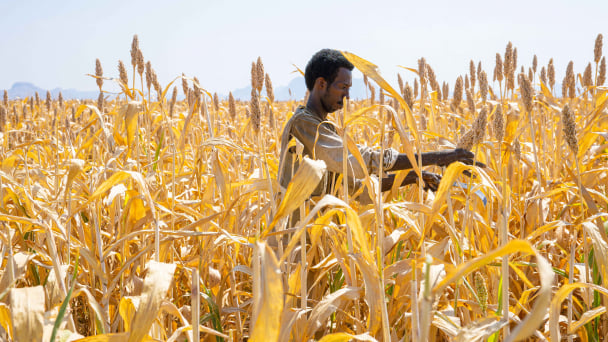
(VAN) Five things you should know about Sudan's food security crisis.
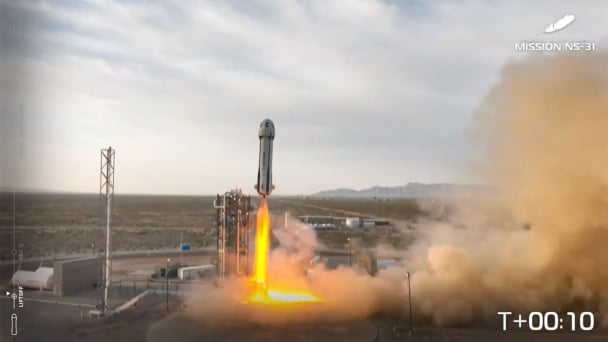
(VAN) 169 lotus seeds selected by the Vietnam Academy of Agricultural Sciences were carried into space by Vietnamese-American astronaut Amanda Nguyen.
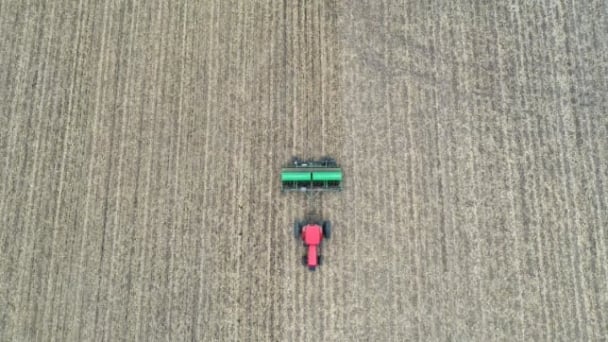
(VAN) Tariffs are making life more expensive for John Pihl. He's been farming in Northern Illinois for more than 50 years.

(VAN) European and American farmer organisations are concerned about the import tariffs that the United States introduced on 9 April for products from the European Union. This makes them 20% more expensive.

(VAN) Global poultry trade is expected to remain strong amid relatively tight global protein supply and growing consumption, RaboResearch concludes in its latest animal protein report.
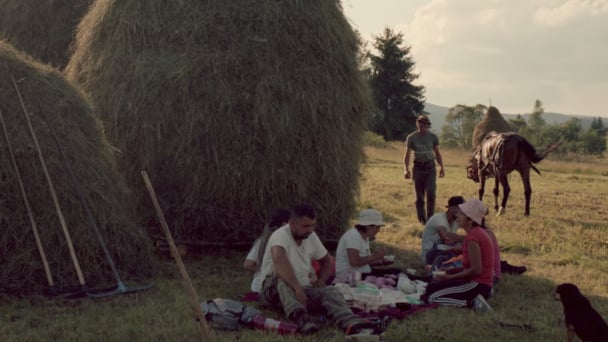
(VAN) Traditional methods benefit hundreds of species but as new agricultural techniques take over, the distinctive haystacks mark a vanishing way of life.